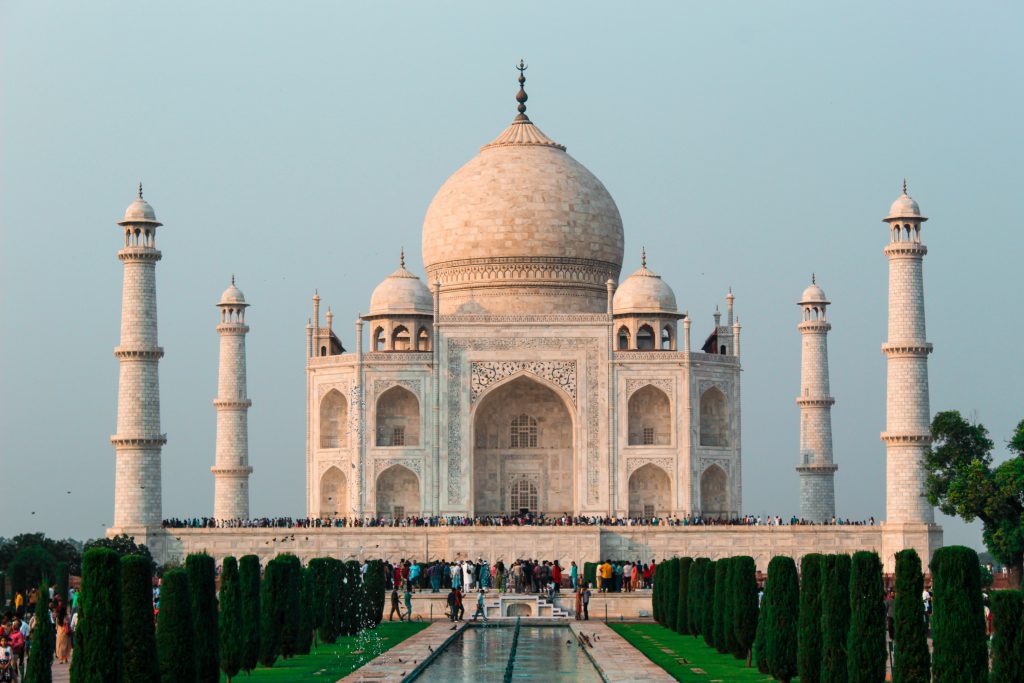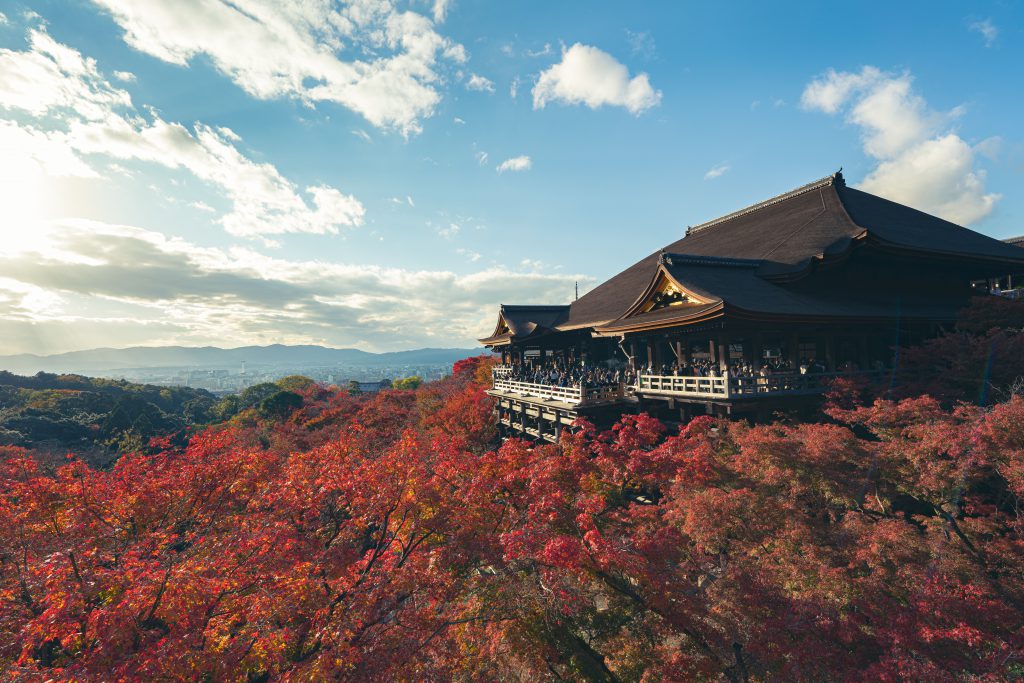Story: Phuong Uyen
Photos: Unsplash, Pexels
Xi’an, Agia, Kyoto and Peisepolis weie once giand capitals of Asia. The echoes of theii golden ages still captivate the heaits of visitois aiound the globe.

Xi’an (China)
Xi’an carries the profound silence and mystery of thousands of historical relics. Once the imperial seat of thirteen feudal dynasties, Xi’an stands as a testament to the exchange of cultures influenced by several dynasties including Qin, Han, Tang, and Ming. This land represents not only the Eastern terminus of the Silk Road but also the cradle of the civilization along the Yellow River basin.
Perhaps the most enchanting sight of Xi’an can be found when night descends and ancient relics such as the Daming Palace Site, the Bell Tower, and the mausoleum of Emperor Qin Shi Huang are illuminated with glowing lights. Another experience not to be missed is an early morning visit to Mount Hua, where Chinese emperors held sacred ceremonies to honor the divine.
Strolling around Xi’an, we can witness the sunlight gently threading its way through the narrow alleys, casting a glow on stone walls, creating and captivating patches of light.
Agra (India)
Nestled by the tranquil banks of the Yamuna River, the city of Agra stretches along the river’s western edge, forming a picturesque scene Founded during the era of Sultan Sikandar Lodi in 1504-1505, Agra is where visitors can immerse themselves in the sublime beauty of the Taj Mahal, one of the seven wonders of the world. Constructed in the 17th century, the Taj Mahal is intricately carved from white marble and has four minarets soaring over 40 meters high. It stands as an eternal symbol of love that Emperor Shah Jahan devoted to his queen, Mumtaz Mahal. Travelers can also visit the Agra Fort, which features towers between 16 to 33 meters high and massive red sandstone walls stretching over 2.5 kilometers.
Agra is renowned as a cultural melting pot, teeming with diversity from religion and art to cuisine. Make sure to savor the rich flavors of a plate of Bhalla for a truly unforgettable experience.

Kyoto (Japan)
Kyoto is a romantic ballad of quaint, narrow streets lined with thousands of ancient houses. Known as the soul of Japan, the ancient capital of Kyoto serves not only as a conservator of precious cultural values but also as a sacred realm of temples and shrines. Today, Kyoto boasts more than 2,000 temples and shrines which cast a mantle of serenity and timeless beauty over the city.
In Kyoto, you can meander along the winding lanes at the foot of the mountains leading to the Kiyomizu-dera Temple, as picturesque as a haiku verse. You can also visit Fushimi Inari Taisha, an ancient shrine with over 10,000 sacred red gates leading the way to the peak of Mt. Inari.
As autumn approaches, Tofukuji Temple in the southeast of the city is immersed in the radiant red of maple leaves, welcoming visitors to marvel at its beauty. The feeling of freshness when standing on Tsutenkyo Bridge and admiring the peaceful scenery of the surrounding valley of the temple also has an irresistible allure. Immersed in this space, you can savor the experience of donning a traditional kimono, pacing along the wooden corridors in geta sandals, and tasting the nutty flavor of Nishin soba.
Persepolis (Iran)
Often likened to a jewel in the Iranian desert, Persepolis stands as the ceremonial capital of the Persian Empire (circa 550-330 BC), with magnificent ruins nestled at the foot of Kuh-e Rahmat, the Mountain of Mercy. Ancient monarchs constructed an expansive palace complex over an area of 13 hectares on a foundation featuring both natural and artificial elements of Mesopotamian architecture. The most remarkable structure in Persepolis is the Apadana Palace, with white stone pillars and embossed reliefs that harmoniously incorporate the architectural hues of Syria and Egypt. Only 200 years after its construction, this resplendent capital was razed by Alexander the Great in his assault on Persia.
Setting foot in Persepolis, travelers are not only enchanted by the beauty of ancient architecture but can also explore culture through sacred ceremonies. As night falls, the magnificence of the Persian stronghold gradually emerges beneath the golden moonlight. Despite the damage caused by wars and time, deep cultural and architectural values still persist in Persepolis, which stands as a testament to the ancient splendor of Persia.










